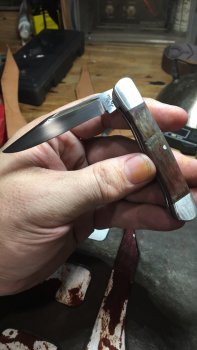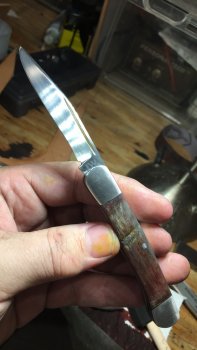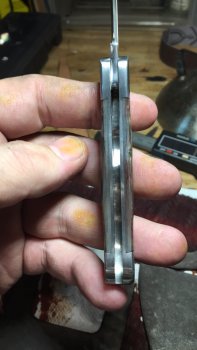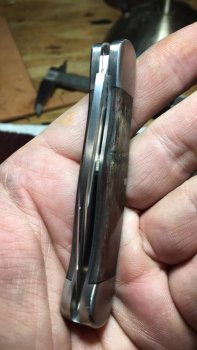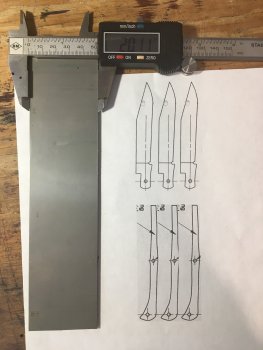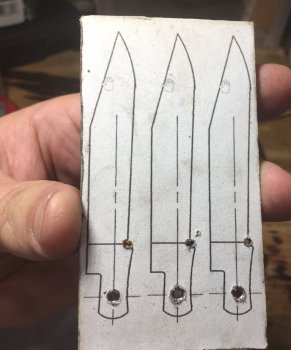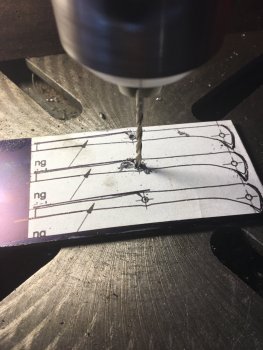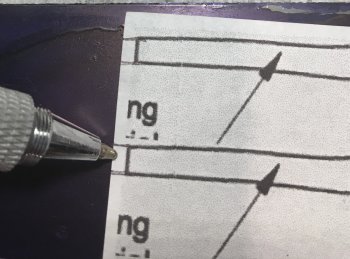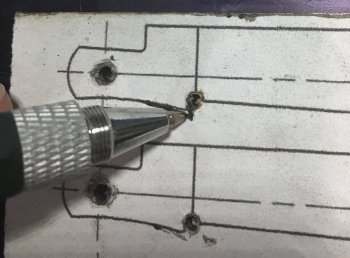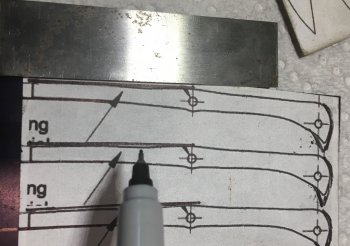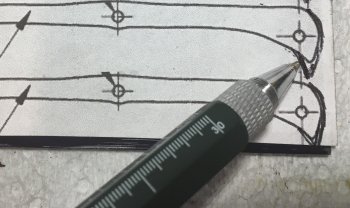John Wilson
Well-Known Member
I have decided to do a slipjoint for my KITH.
Here are some updated pics of the knife I referenced earlier. This will be the type of knife I plan to make.
It is a Don Robinson design he calls the Whittler.
Here are some updated pics of the knife I referenced earlier. This will be the type of knife I plan to make.
It is a Don Robinson design he calls the Whittler.


